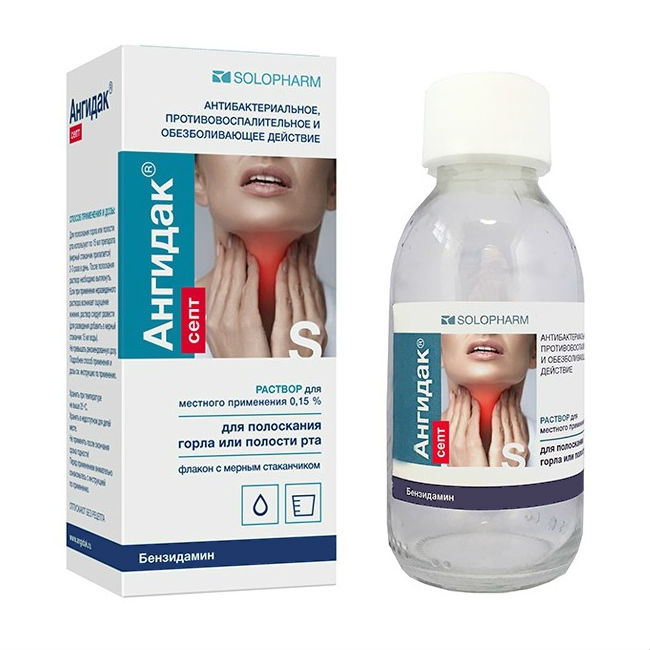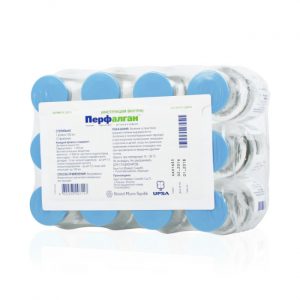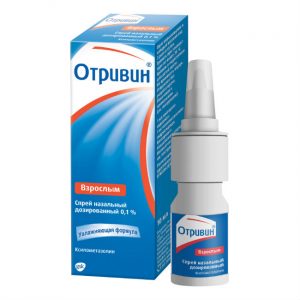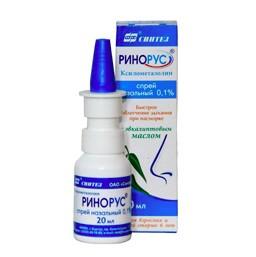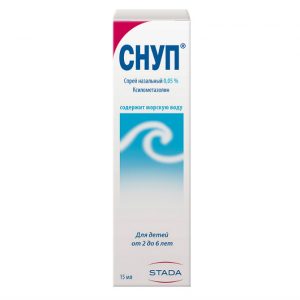Description
Pharmacological action
NSAIDs. The mechanism of action is associated with inhibition of the COX enzyme and impaired prostaglandin synthesis.
Indications
For topical use in ENT practice and dentistry: inflammatory diseases of the mouth and throat, as an additional treatment for conservative treatment after tooth extraction, after surgery and injuries (tonsillectomy, jaw fractures), calculous inflammation of the salivary glands.
For topical use in obstetrics and gynecology: in the postpartum period for the prevention of postpartum infectious complications, specific vulvovaginitis (as part of complex therapy), non-specific vulvovaginitis and cervicovaginitis of any etiology (including those secondary to chemotherapy and radiation therapy), bacterial postoperative vaginosis, complications in operative gynecology.
Contraindications
Hypersensitivity to benzidamine.
Directions for use
Topically applied 1-2 times / day.
Special instructions
Not recommended for rinsing the mouth in children under 12 years of age.
Used as part of combination preparations.
Composition
Topical solution colorless or slightly yellowish, transparent, with a characteristic smell of mint.
1 ml
benzidamine hydrochloride 1. 5 mg
Excipients:
ethanol (95% ethyl alcohol) – 80.84 mg,
glycerol – 50 mg,
methyl parahydroxybenzoate – 1 mg,
menthol flavoring – 0.3 mg, sodium
sodium saccharinate – 0.24 mg ,
polysorbate 20 – 0.05 mg,
sodium hydroxide solution 1M or a solution of hydrochloric acid 0.5M – up to pH 5.0-7.0,
water d / and – up to 1 ml.
Side effects
Possible: allergic reactions, burning sensation.
Dispensing conditions from
pharmacies No prescription
Dosage form
topical solution
